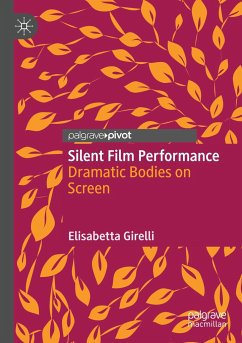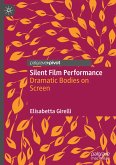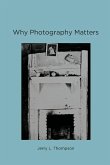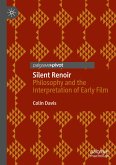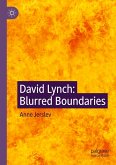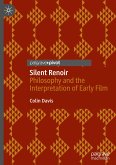This book provides a groundbreaking exploration of silent film performance. It combines close reading of silent screen acting with theoretically informed analysis, stressing the overlap between different performative arts, such as film and stage acting, dance, mime, and pantomime. The boundary between silent and sound films is also challenged. Anna Pavlova's acting in The Dumb Girl of Portici is read through Freud's work on the uncanny, disability studies, and notions of intermediality. Vladimir Mayakovsky's performance in The Young Lady and the Hooligan is approached as a silent soliloquy and a representation of loneliness. Ivan Mozzhukhin's tour de force in The Late Mathias Pascal is discussed through a queer failure lens, while Pola Negri's presence in Hotel Imperial is analysed with the aid of texts on wartime anxiety. Harald Kreutzberg's stunning number in Paracelsus is examined in the light oftheories of mime and pantomime, arguing for its subversive potential in a Third Reich sound film.
Elisabetta Girelli opens her book on silent film performance with the declaration that performance lies at the core of cinematic art ... . She goes on to eloquently prove this through the five engaging and vastly different case studies contained within this compact volume covering the years 1916 to 1943. ... Painstakingly pieces together detailed analysis of seldom explored performers and performances during specific cinematic moments, thus helping to advance the understudied area of silent film performance. (Gillian Kelly, Historical Journal of Film, Radio and Television, Vol. 44 (4), 2024)
The book is resoundingly successful. It is rich, passionate, meticulous, detailed, subjective in places, surprising and never less than fascinating and rewarding. If nothing else, for anyone trying to teach students the potential of detailed textual analysis or seeking to adopt such an approach for the first time in their own work, this is an absolute must-read. (Simon Brown, Early Popular Visual Culture, February 21, 2024)
The book is resoundingly successful. It is rich, passionate, meticulous, detailed, subjective in places, surprising and never less than fascinating and rewarding. If nothing else, for anyone trying to teach students the potential of detailed textual analysis or seeking to adopt such an approach for the first time in their own work, this is an absolute must-read. (Simon Brown, Early Popular Visual Culture, February 21, 2024)

